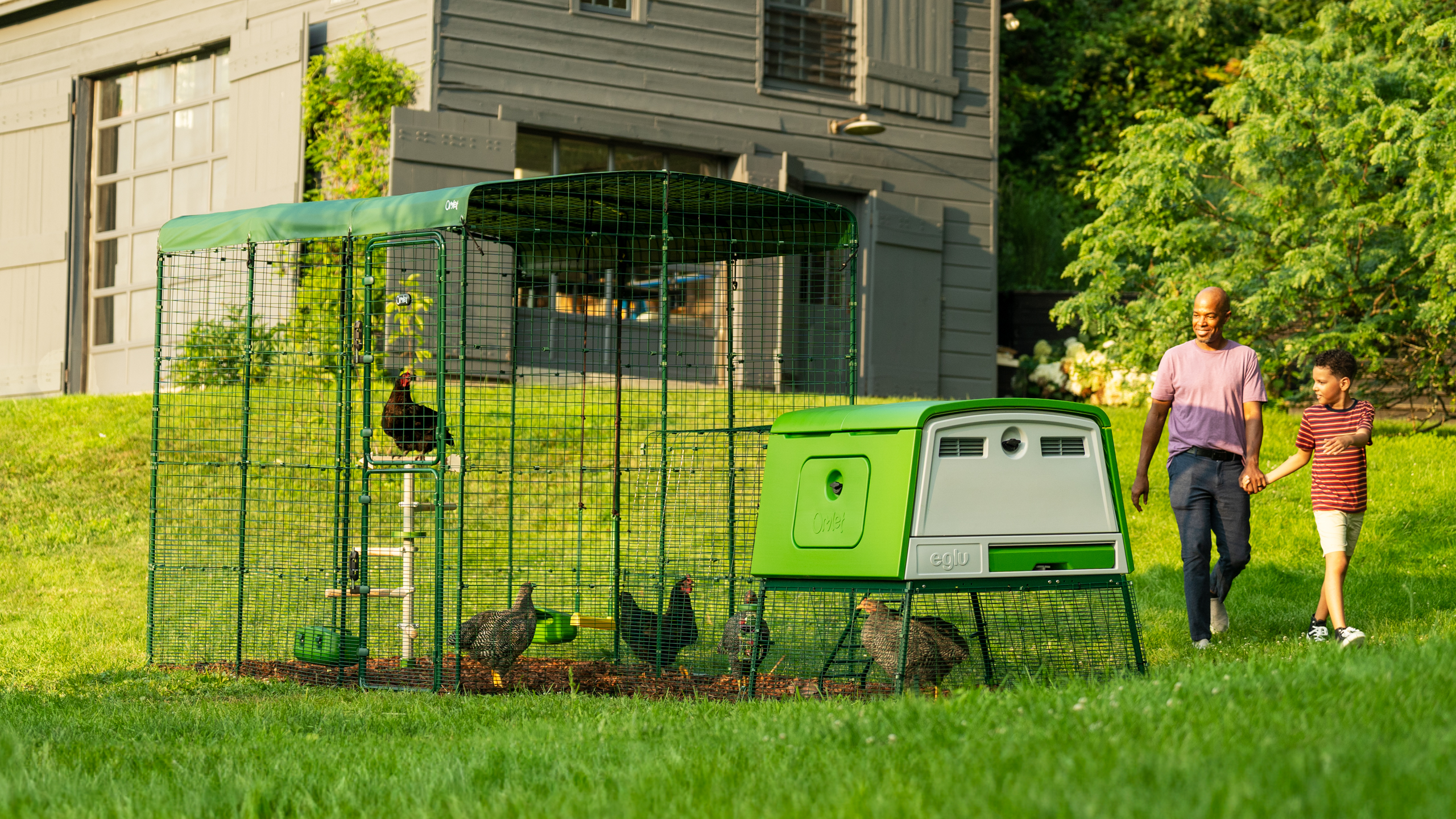
Enjoy keeping your flock with the safety of the Omlet Eglu Cube Chicken Coop.
Chickens are the most widely domesticated fowl in the world, and as a result, there are hundreds of different breeds in existence. From utilitarian to whimsical, there’s a breed for every type of chicken keeper. Explore what types of chickens can be found in the US, how they’re categorized, and where to find them.
Large breeds
Large breeds are what commonly come to mind when people think of chickens. This term implies that they are large in size, but they’re simply standard-sized chickens. There are 6 different classes of large breeds of chickens:
- American
- Asiatic
- Continental
- English
- Mediterranean
- Any other standard breeds
Large breeds
Bantam breeds
The term “bantam” refers to a chicken’s size – not a singular breed. Bantam is a term used to describe smaller versions of large breed chickens, typically weighing in at under 3 pounds. Most standard-sized chicken breeds have a bantam version, but true bantams have no full-sized counterpart. Examples of true bantams include:
With their growing popularity, bantam varieties of standard breeds are being recognized in different poultry show groups and associations. Bantams are great choices for small spaces like backyards, as they don’t require as much room as their full-sized counterparts.
Laying breeds
These are chickens that have been selectively bred to yield high egg production. Egg-laying breeds begin laying as early as 16 weeks of age, and will continue to lay for several years. Layers can be expected to produce at least 200 eggs per year, with many laying hens producing over 300 per year.
Meat breeds
Meat breeds are the heaviest of all chickens. They have been bred to mature and gain weight quickly in order to provide food for a table. Meat breeds still lay eggs, but not at the rate of laying breeds.
Dual-purpose breeds
Dual-purpose breeds are bred for both weight and egg laying. These breeds have the best of both worlds: large bodies and prolific egg-laying abilities. Dual-purpose chickens are also among the hardiest and most adaptable breeds, making them a good choice for extreme climates.
Heritage breeds
Heritage breeds are those that were raised by our ancestors. Many heritage breeds are endangered due to the emphasis put on developing newer breeds. Concentrated breeding efforts have returned some of these breeds to backyard flocks, preserving the futures of these living pieces of history.
Breeds of chickens in the US
The American Poultry Association (APA) recognizes 53 large chicken breeds, with additional bantam varieties. The APA has developed breed standards for all of the chicken breeds they recognize. These standards ensure that the integrity of each breed is being upheld and that their appearances or purposes are not compromised when specific traits are being developed. Among the recognized breeds, several different color and feather variations are considered in line with the breed standard.
Colors and feather patterns
The majority of chicken breeds have acceptable color variations. From solids to patterns, chickens come in a kaleidoscope of colors. Some chickens are even considered “autosexing” – meaning their sex can be determined at the time of hatching based on certain colors or feather patterns.
Chickens can have feathers in a variety of patterns and textures. For example, Silkies have fluffy feathers, and Polish have ornamental crests on their heads that defy feather norms. “Frizzled” is also a newer term that is being accepted as variations to breed standards. Chickens that are frizzled have feathers that curl outward, which keeps them away from their bodies in a frizzed-out sort of way.
Feathers can also be patterned. Patterned chickens are beautiful to behold – their individual feathers are colored in such a way that brings out a pattern all over their bodies. Some common patterns include:
- Barred – alternating dark and light stripes
- Cuckoo – similar to barring, but with less defined lines
- Laced – edges of the feathers having an alternate color
- Mottled – white-tipped feathers interspersed throughout
- Penciled – fine lines of contour color along the feather
- Spangled – white mid-section of feathers
Where to find chicken breeds
Chicks can be purchased year-round through hatcheries, and adult hens can be obtained through breeders or individuals. If you’re searching for a specific breed, it’s best to find a reputable breeder or hatchery that is committed to producing chickens that conform to the breed standard. You can also keep more than one breed of chicken in your flock to add variety to your backyard and egg basket.
Other breeds that aren’t recognized by the APA still make excellent backyard flock members. Mixed breed chickens or those that were rescued or retired from a previous situation have lots to offer a loving family, and can be found readily through social media groups, rescue organizations, or local animal shelters.
Omlet and your flock
No matter which type of chickens you choose to keep, their requirements are the same: a chicken coop that keeps them safe and comfortable, a chicken run for exploring and playing, and a loving owner to take care of them. With the help of our chicken products, hens of all shapes and sizes can grace the backyards of the keepers who chose them for that very purpose.
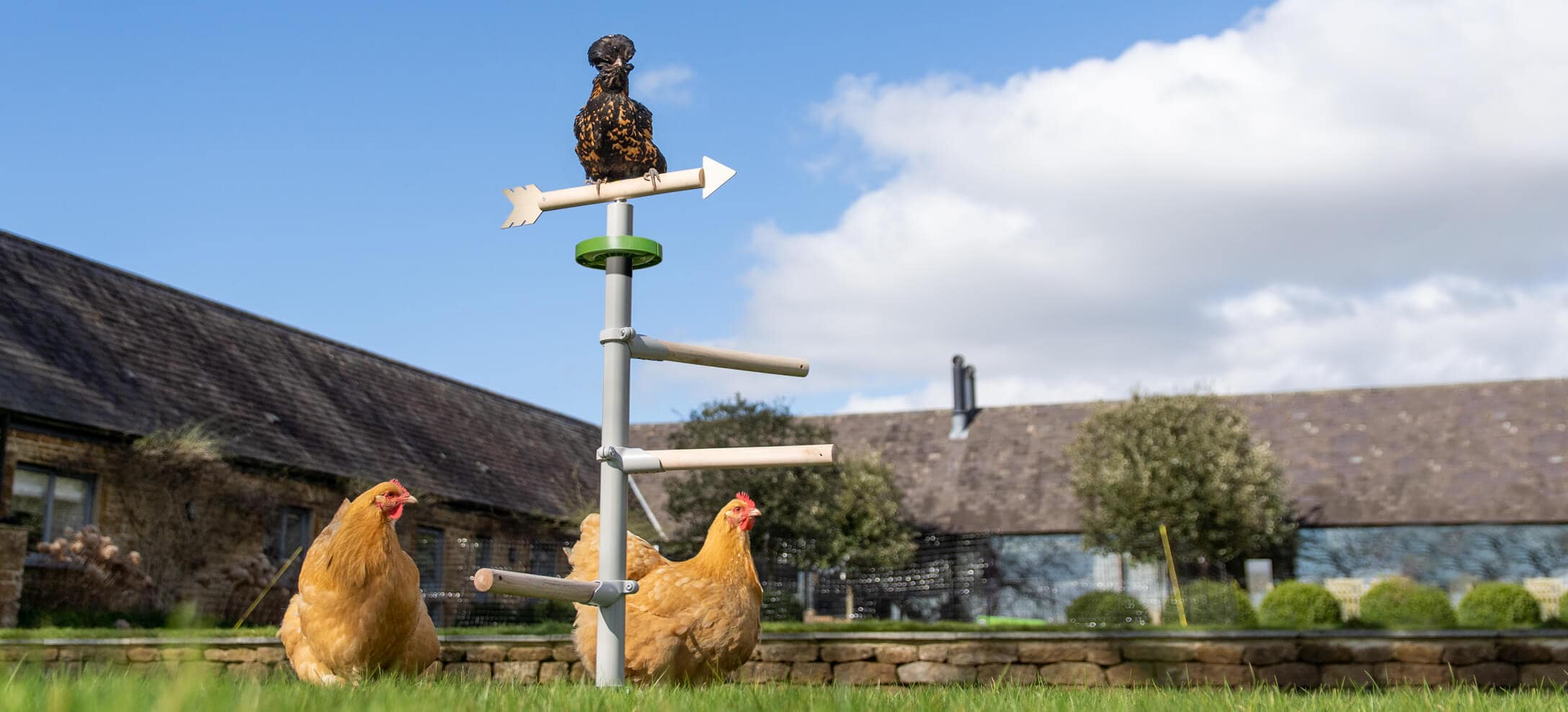




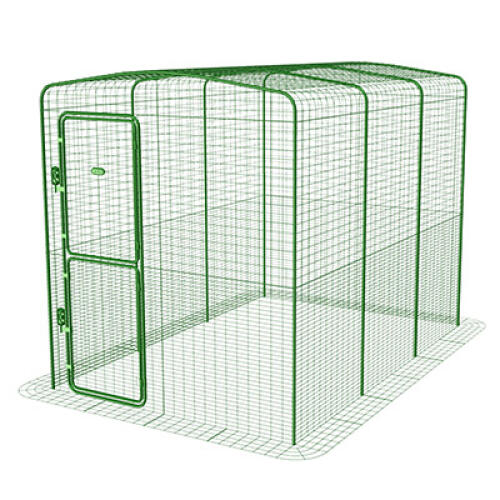
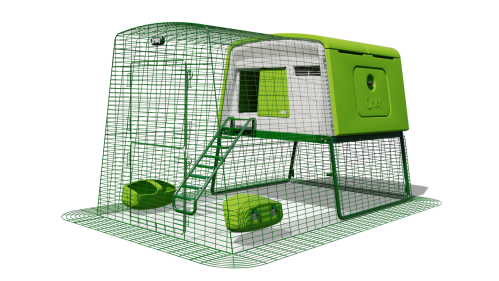
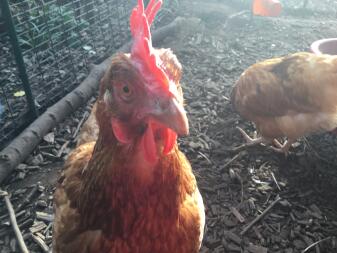
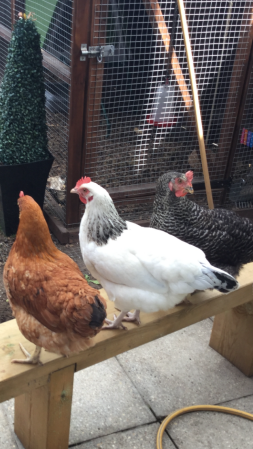
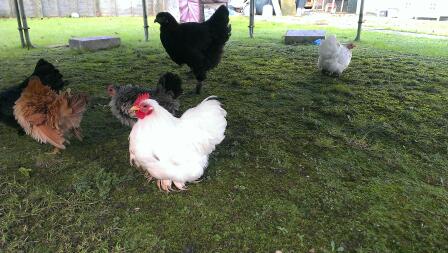
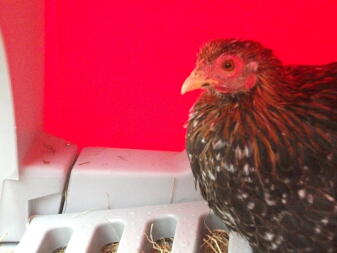
Comments
Christine, 25 May 2020
do you happen to know where I can get a couple female Jersey Giants
Paul, 6 March 2019
I want to start keeping Orpingtons. I note that the first chicken to venture into your igloo was one of these but how many Orpingtons could live happily in a Cube. I do want to have 1 cockerel Many thanks. Paul Saban
John, 22 August 2014
The omlet cube is a great invention but the only 2 things which I would change is the ladder hens prefer a flat piece of wood with half inch strips of wood about 4 inch apart for grip ,second hens like a wooden perch to roust at night especially in winter where they huddle together for extra warmth and security, keep chickens for years